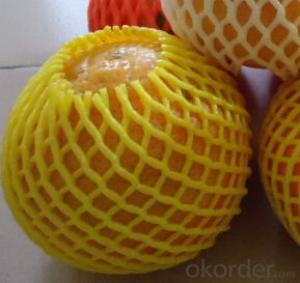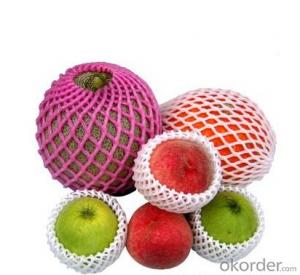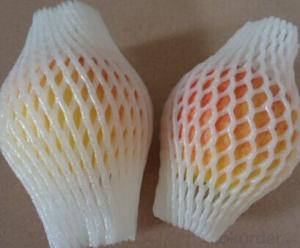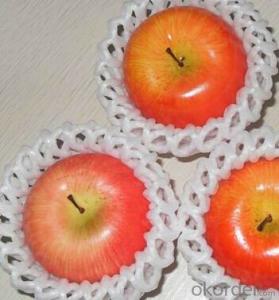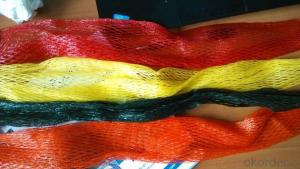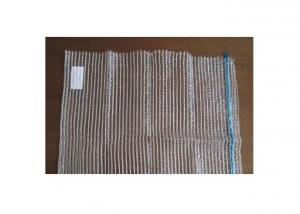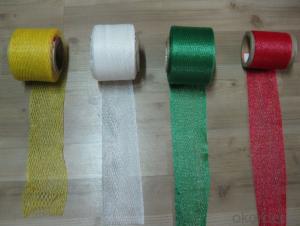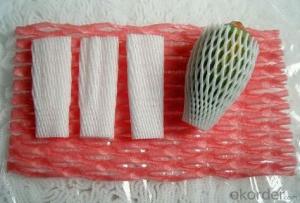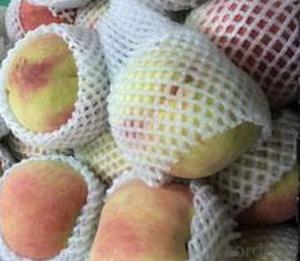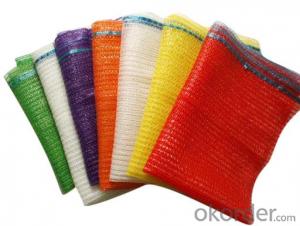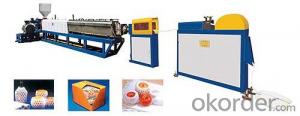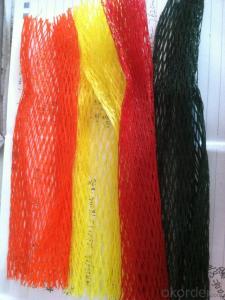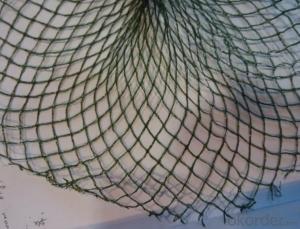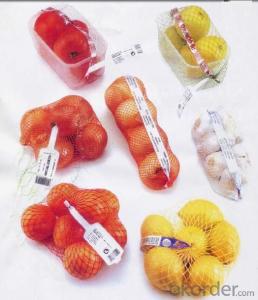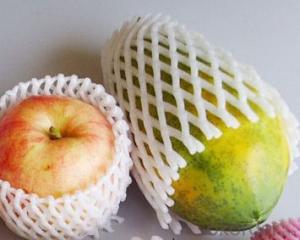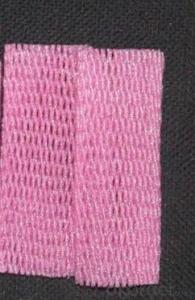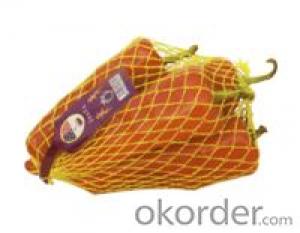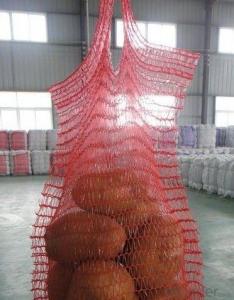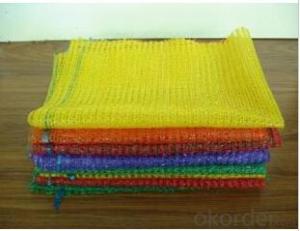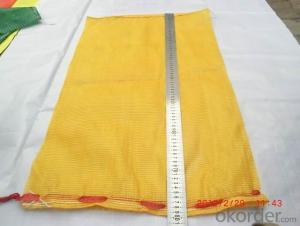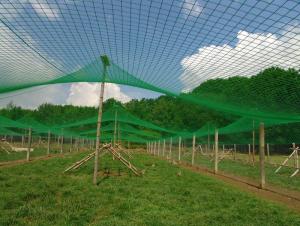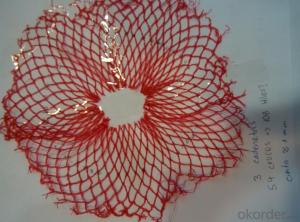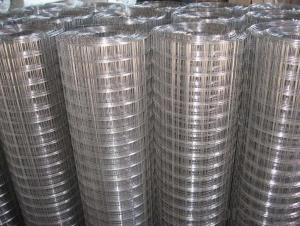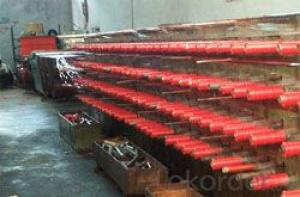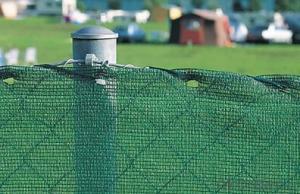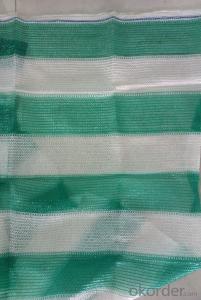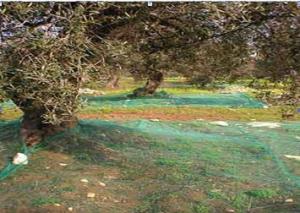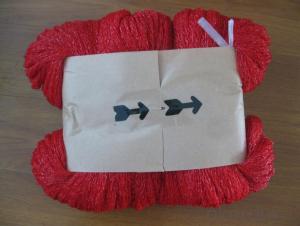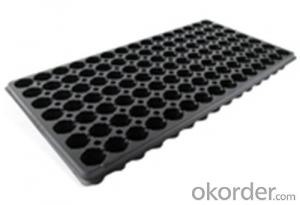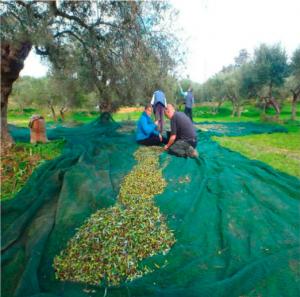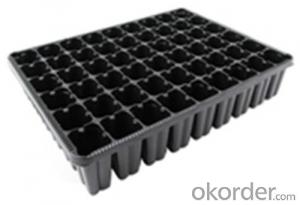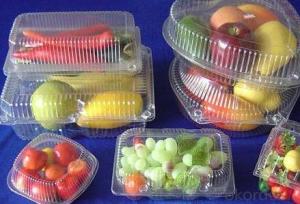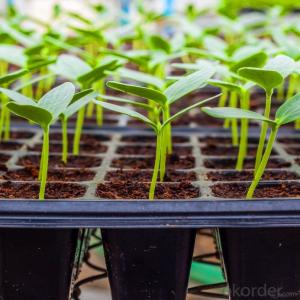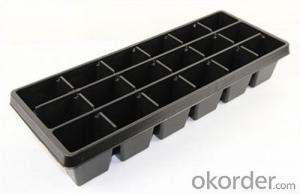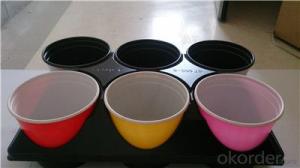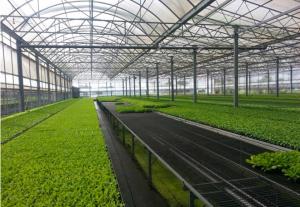Fruit Foam Net
Fruit Foam Net Related Searches
Fruit Fly Trap Aluminum Foil Flexible Netting Ceramic Foam Pleated Mosquito Net Isolation Foam Aluminum Foil Foam Aluminum Foil Tree Barrier Fence Netting Food Aluminum Foil Garden Screen Netting Black Plastic Garden Netting Red Aluminum Foil Food Protective Netting Garden Plastic Netting Retractable Volleyball Net Tomato Aluminum Foil Aluminum Foil Food Packets Aluminum Foil Ball Green Plastic Netting Food Packaging Aluminum Foil Food Lion Aluminum Foil Aluminum Foil Balls Meatloaf Aluminum Foil Defrost Meat Aluminum Foil Roasted Beets Aluminum Foil Plastic Netting For Gardens Foam Polystyrene Banana Aluminum Foil Gold Foam Board Poly Tube NettingFruit Foam Net Supplier & Manufacturer from China
Fruit Foam Net is a specialized packaging material designed to protect delicate fruits during transportation and storage. This innovative product is crafted from lightweight foam material, which is both durable and effective in cushioning fruits against impacts and abrasions. Its unique design allows for a snug fit around the fruit, ensuring optimal protection and minimizing the risk of damage.The application of Fruit Foam Net spans across various industries, particularly in the agriculture and food sectors. It is widely used for packaging and protecting fruits such as apples, oranges, and grapes, among others. Its usage scenarios include shipping, storage, and display in supermarkets and grocery stores, where the protection of fruits from bruising and spoilage is crucial. By using Fruit Foam Net, businesses can maintain the quality and freshness of their produce, leading to higher customer satisfaction and reduced waste.
Okorder.com is a reputable wholesale supplier of Fruit Foam Net, boasting a large inventory that caters to the diverse needs of clients worldwide. With a commitment to quality and customer satisfaction, Okorder.com offers competitive prices and reliable service, making it an ideal choice for businesses seeking to enhance their fruit packaging solutions.
Hot Products
